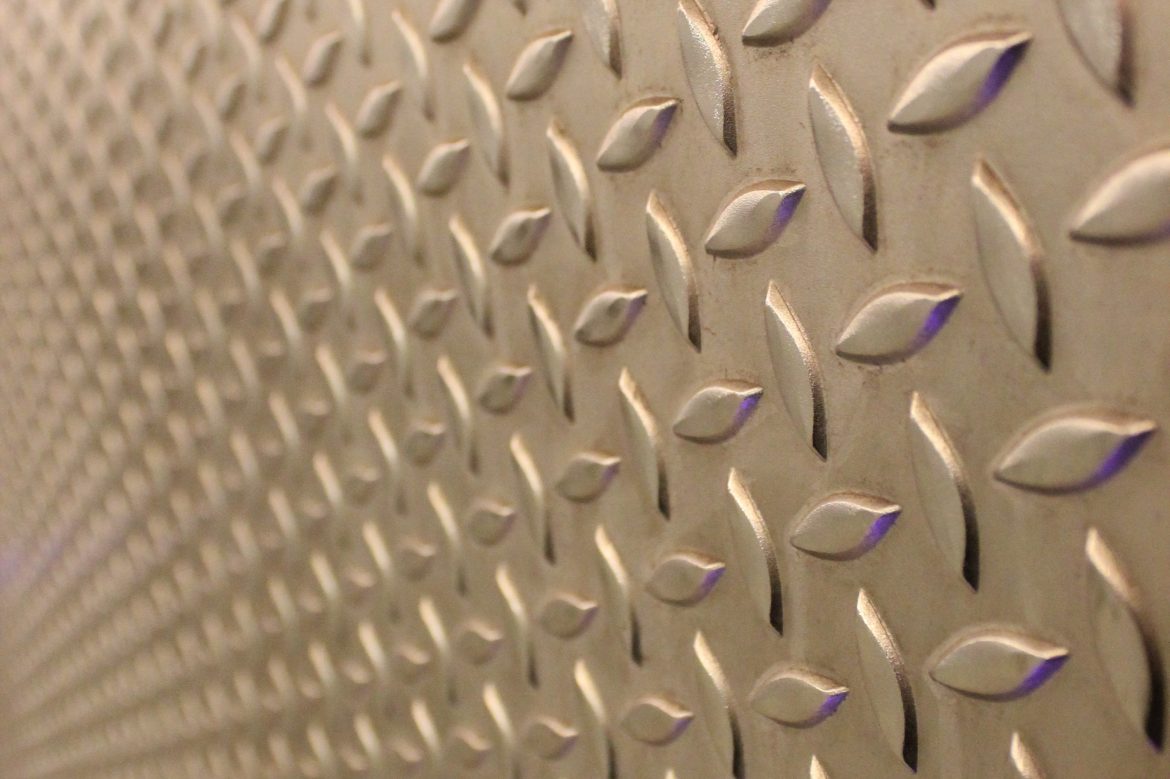
Toughest Metal Ever
US scientists have discovered the world’s most durable, or toughest material ever found. An alloy of chromium, cobalt and nickel (Cr-Co-Ni) is not only impressively strong but also extremely ductile –two characteristics that are often hard to find in the same material. Plus, as it gets colder, these properties become stronger.
CrCoNi belongs to a class of metals called High Entropy Alloys (HEA). Metal alloys usually contain one element in a high amount, while other elements are added to it. Steel, for example, is an iron alloy containing only 2% carbon and 1% manganese, silicon, phosphorus, sulphur and oxygen. However, in high entropy alloys, all elements in the make-up exist in equal proportions. HEAs have been known for about 20 years, but new opportunities are being seized as technology advances. CrCoNi can be compared to some other materials to explain its extraordinary strength. The toughness of CrCoNi at 20 Kelvin (-253℃) is 500 megapascals square root meters, while the value of silicon is one, the aluminium airframe in passenger airplanes is about 35, and the toughness of some of the best steels is around 100.
How does this happen?
Metal atoms exist in repeating three-dimensional patterns that make up unit cells, which come together to make a crystalline form called a “lattice”. Some unit cells may contain defects, and become deformed. Boundaries where deformed lattices face undeformed ones, a special kind of defect called “dislocations” occur. When force is applied to the metal, movement of dislocations determine how much the metal can change its shape, or bend. Depending on the structure of the entire lattice, the easier it is for the dislocations to move, the softer the material becomes.
In tests on CrCoNi, scientists detected a trio of dislocation obstacles that come into effect in a particular order when force is applied to the material. When force is applied to the material, first the moving dislocations cause a sliding movement on parallel planes, resulting in the displacement of unit cell layers. The further force causes areas of the lattice to form a mirrored symmetry -a phenomenon called nanotwinning. Finally, continued force changes the arrangement of individual unit cells, which causes CrCoNi atoms to transform from a face-centred cubic crystal to hexagonal close packing. These physical reactions are not new to scientists, but such a sequence creates a very strong material.
Scientists deciphering the properties of CrCoNi and the structure that gives the alloy its amazing properties foresee the use of HEAs in situations where standard metallic alloys could be destroyed by extreme environmental conditions, such as the frigid temperatures of deep space.
REFERENCES
- 1. https://phys.org/news/2022-12-toughest-material-earth.html
- 2. https://www.sciencealert.com/this-alloy-is-the-toughest-known-material-on-earth-and-it-gets-tougher-in-the-cold
